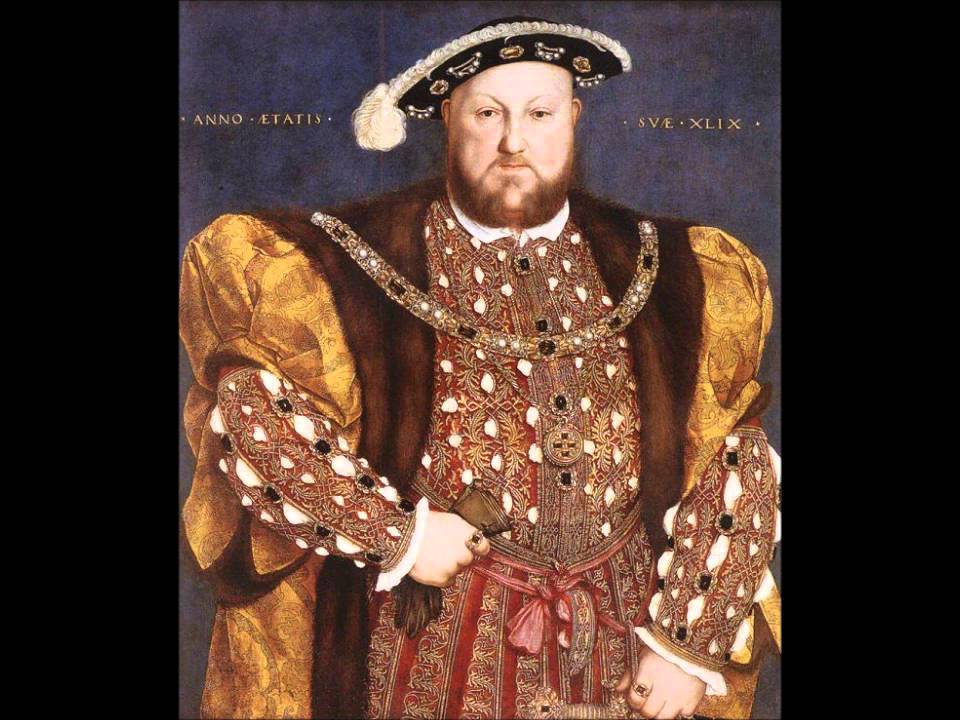I was accidentally listening to Toad The Wet Sprocket - Walk On The Ocean this afternoon, and was reminded that I almost invariably like a minor key waltz. I suspect it’s a driving force behind why I like R.E.M. I’ll try to think of more examples, but would like to hear from you. What are some of your favorites?
Can’t think of any fav minor key waltzes right now, I have a few favorites in minor key though.
U2 - One
R.E.M. - Losing My Religion
Carole King - It’s Too Late
Angie - Rollingstones
RHCP - Californication
I couldn’t think of a minor key waltz so I cheated, I looked up “minor key waltz”, and was bombarded with links to “Waltz in A minor”, Chopin. I like the “Minute waltz” but apparently its in D flat major. This is beautiful though.
Ah ha! After watching a Burt Bacharach documentary last night -
“What The World Needs Now”
Jeez, I start a conversation then just walk away. I came back with a couple of ones I’ve noticed in that time though. ![]()
I’d have to say that “What The World Needs Now” is a waltz, but probably major key. It’s hard to tell or define sometimes, though. One of my all time favorite songs is a waltz, and I think of it as a minor key, but it definitely has some major chords in it:
Simon & Garfunkel -America
https://m.youtube.com/watch?v=Eo2ZsAOlvEM
Same with the theme for Schitt’s Creek:
So let’s step back to definitely a waltz (3/4 time, although 6/8 reduces to the same fraction imo), and minor key:
Calexico - Sunken Waltz
https://m.youtube.com/watch?v=mhZ_RqWwEmY
One of the more recognizable Christmas carols (and one of my favorites), Carol of the Bells by Ukranian composer Alexander Koretch:
The aforementioned:
Toad The Wet Sprocket - Walk On The Ocean:
https://m.youtube.com/watch?v=12bM1CqHoBY
A blues waltz:
Allman Brothers - Dreams
https://m.youtube.com/watch?v=cR_bTQdnpjI
A metal waltz ballad:
Metallica - Nothing Else Matters
A non-ballad:
Jimi Hendrix - Manic Depression
https://m.youtube.com/watch?v=xI-WVWM_GR0
An even less ballad waltz:
A Perfect Circle - Judith
https://m.youtube.com/watch?v=xTgKRCXybSM
I checked and you’re right, “What The World Needs Now” originally written in Gmaj according to musicnotes.com. However the first recording by Jackie DeShannon was in Bbmin. I checked the Dionne Warick version, to me it sounds like Dmaj. Simon & Garfunkel - “America” is definetely a 3/4 waltz but I believe the key is Ebmaj. Beautiful song by the way & you’re also right it’s a bit hard to define sometimes. All very good for aural training though, lest I go deaf in old age. All your videos here are going to keep me busy. ![]()
@Kelly_A Jimmy Hendrix- Manic Depression is written in a Cmaj key signature, but it does have some # sharps in it. Do you mean waltzes with a minor key signature or waltz with minor key notes? This is challenging but fun. I feel like I’m in a music theory class. ![]()
![]()
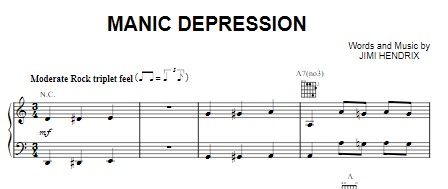
Edit - Kelly, I think I’m starting to understand what you mean. A sharp # in a key signature of Cmaj is an accidental minor key. Simon & Garfunkel “America” with a signature key of Ebmaj is a relative of Cmin. Have I got that right? ![]()
4/4 in Cmaj, I think. Still, it’s worth a slow and close romantic dance with a partner.
Possibly one of the earliest minor key waltzes:
It’s the innate lilting sadness of the minor 3/4 time that makes it so beautiful in my humble opinion
Then there is this of course:
https://youtu.be/_NSJbEeNSe0
[Another lightning fast response]
Yeah, I’m mostly thinking of minor chords, even if they’re in the minority (pun intended) sometimes. Of course, I could be wrong on some of these too.
Doesn’t matter, like you said it’s hard to tell sometimes. They’re all good listenable songs anyway. ![]()
![]()
If you want to get technical, Greensleeves was traditionally in Dorian mode, not minor exactly. Though a lot of modern versions use a melodic minor scale for the notes instead (which is itself slightly different from natural minor). Depending on how much you care about music theory, you can read this page all about it: Greensleeves | The Ethan Hein Blog . It points out the various notes in the scale that change the mode or tonality, and has some example recordings of both the Dorian version and the melodic minor version.
There’s also this page that talks more generally about the difference between minor-sounding modes and regular “minor key”: Dorian Mode, Aeolian Mode, Minor Key… What's the Difference? | The Essential Secrets of Songwriting – it uses Losing My Religion as an example of Aeolian mode (which is the natural minor scale).
Don’t know if anyone else is particularly into music theory, but just in case!
Minor keys (meaning, the 3rd degree is flat) accept major chords within the key. For example, if you are in C minor, the chords III, VI and VII (if I’m not mistaken) are the major chords Eb, Ab and Bb.
Jesus, I had to edit this four times, I’m so tired.
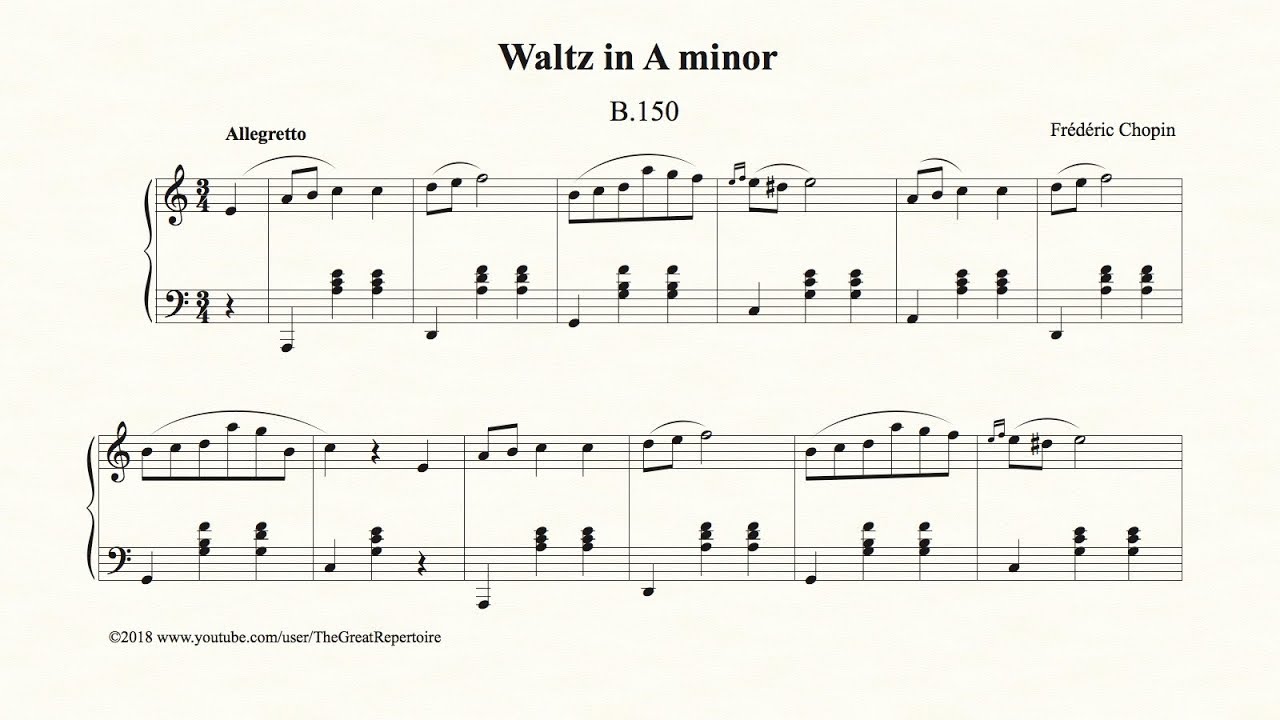
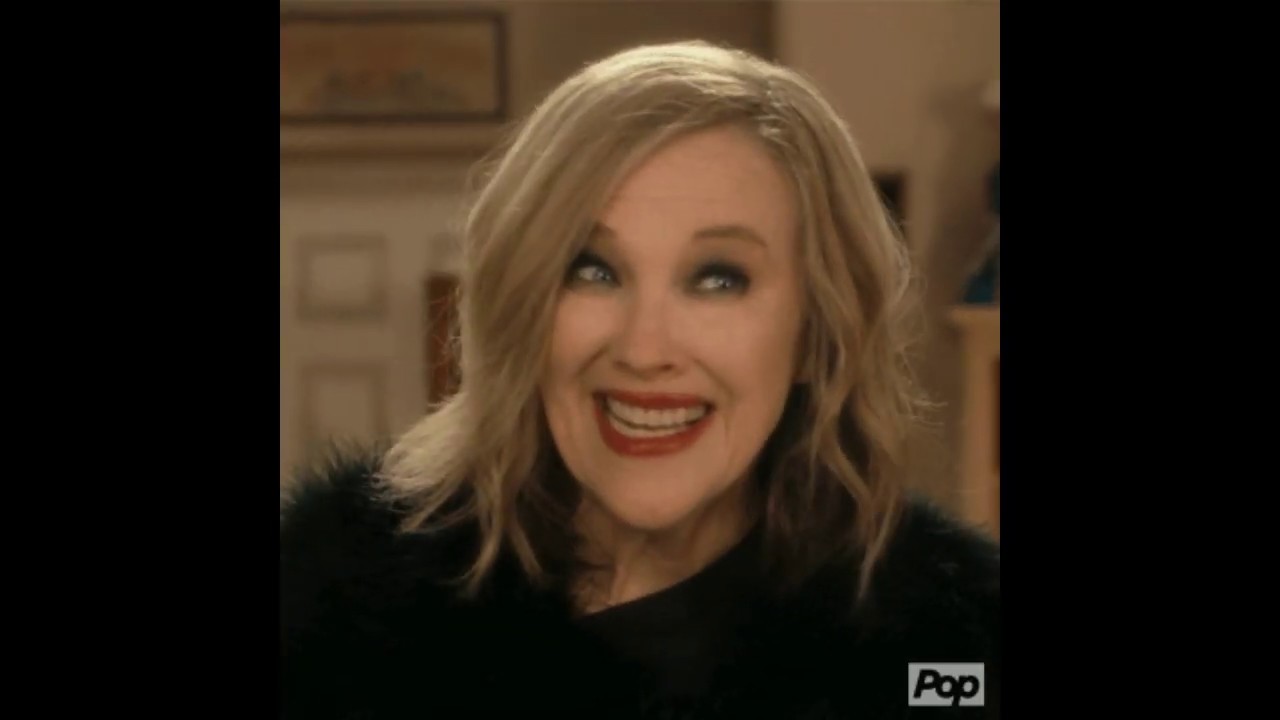
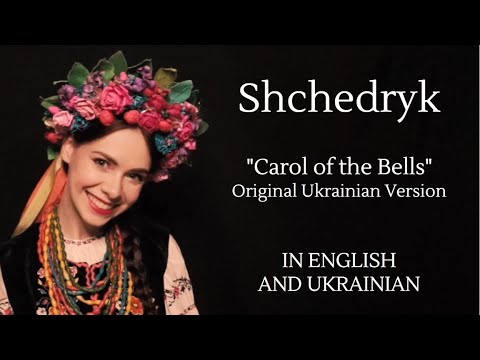
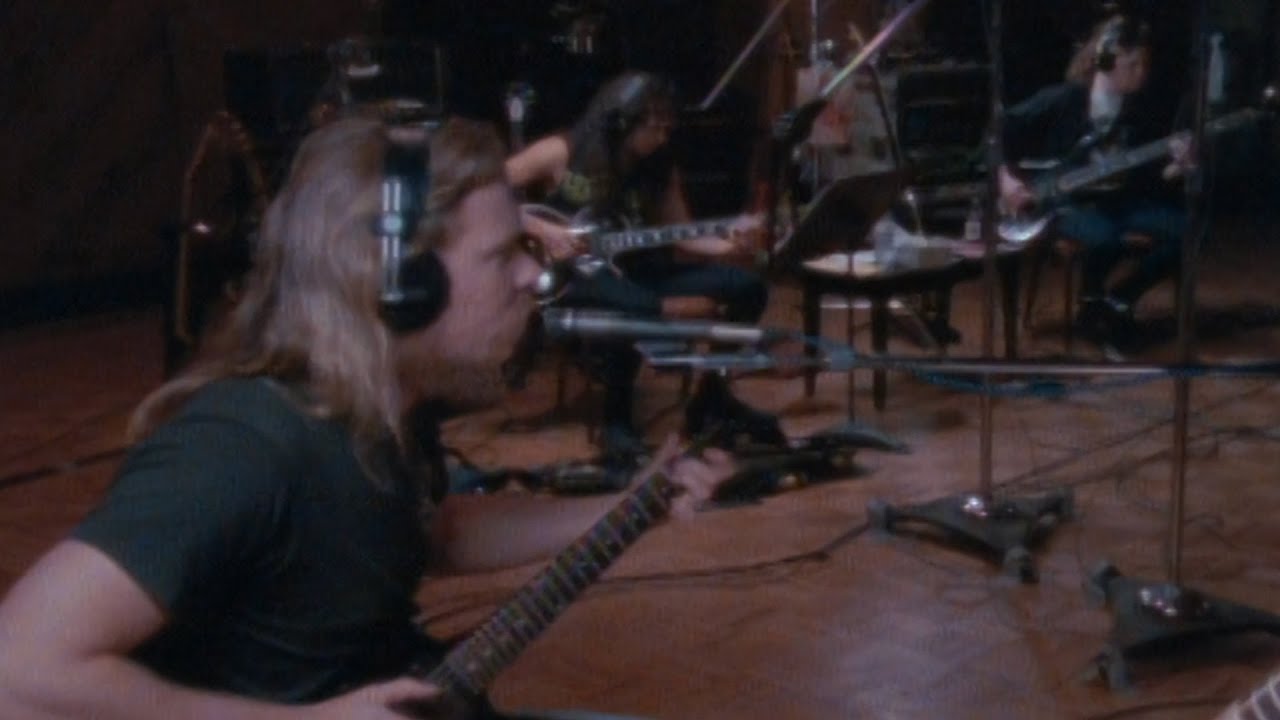
![R.E.M. - "Houston" [Live from Austin, TX]](https://www.murmurs.com/uploads/db0820/original/2X/f/f0618235b6ac238b54440c676aad1a9e00f7c734.jpeg)

